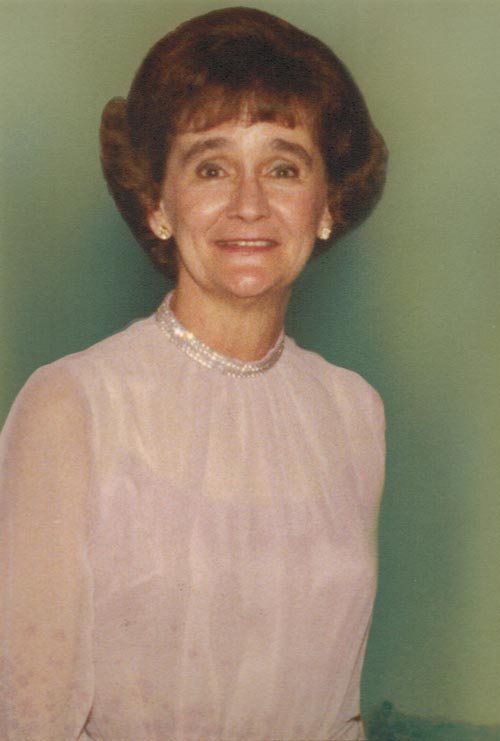History of The Green Book

Helen Ray Hagner, Founder and Publisher 1930-1942
Helen Ray Hagner started her Social List of Washington in 1930 thanks to a keen observation that traditional social lists were negligent in listing diplomats and new entrants in society. She had the proper pedigree to perform the task as her aunt, Belle Hagner, had been the first White House Social Secretary under Mrs. Theodore Roosevelt. Helen Hagner soon realized, in Washington, D.C., each election and each new administration bring with it a whole new group of people. It became obvious that her Social List would have to comprise several sectors of society, so she chose to include the traditional old-family “cave-dwellers” but then added a section to cover government officials and diplomats as well.
The Green Book persevered even after Mrs. Hagner’s death in 1943. Her less “social” but no less well-mannered daughter, Carolyn “Callie” Hagner Shaw, took over the post. Callie was as well-prepared as anyone could be to take over the reigns, having been the social secretary to Evelyn McLean and Cissy Patterson. She ruled the roost from 1942 to 1977 from her office in “Callie’s Alley” in Georgetown.
Callie Shaw became the acknowledged “Social Arbiter” of Washington during the post-war years of the 1940s, and she undertook a radio show on WMAL Radio in addition to her work on The Green Book. In the 1950s, she penned a book, “Modern Manners: Etiquette for All Occasions” – a much-referenced book during an era when calling cards were still used and social norms were much more formal than they are today.
Some changes were made as The Green Book grew and the times changed. The first divorced people surfaced in the regime of Callie’s daughter, Jean Shaw Murray, and the book became much more diverse, representing a broader cross-section of socially prominent Washingtonians.
Jean Shaw Murray died in 1986, but the Social List of Washington lives on. Her husband and family have continued the tradition, and The Green Book office still answers questions daily regarding matters of protocol, etiquette, and seating for events. The book is still published annually in September as a lead-in to the social season in Washington, and while it has changed and grown over the years, one thing remains the same: it still retains the iconic green cover that has characterized it since 1932.

Jean Shaw Murray, Publisher 1977-1986
